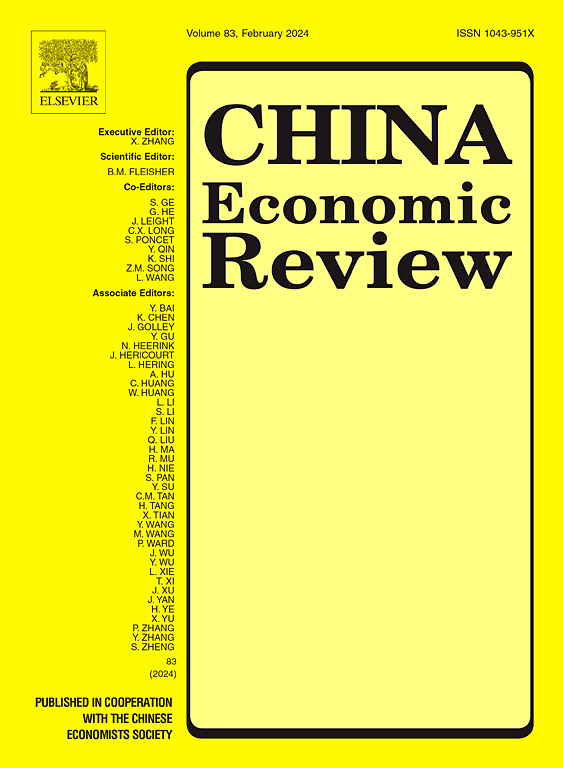Leveling the playing field: How intellectual property protection countervails foreign quality shocks
IF 5.2
1区 经济学
Q1 ECONOMICS
引用次数: 0
Abstract
Innovation is critical to firm long-term growth. The relationship between shocks and innovation has been a classic topic of discussion, but the impact of foreign quality shocks on domestic enterprise innovation has received relatively little attention. Utilizing a comprehensive dataset covering a wide array of firms across different Chinese cities from 2008 to 2013 and employing an instrumental variable two-stage least squares (IV-2SLS) method to overcome endogeneity concerns, this study examines the impact of foreign quality shocks on domestic firms' innovation levels and the moderating role of local intellectual property protection (IPP). The findings indicate that foreign quality shocks can dampen firm-level effective innovation. The mechanism analysis shows that this negative relationship occurs through competition-to-obsolete, technological spread, and price-cost margin effects. We also confirm the network effect through which foreign quality shocks originating from upstream, horizontal, and downstream sectors affect firm innovation differently. The heterogeneity analysis shows this negative innovation response varies across firms in different regions, with different vertical integration and market shares. We further find that stronger IPP significantly countervails this adverse effect. This moderating relationship varies across firm groups regarding productivity, ownership, and patent intensity. These findings necessitate implementing adaptive policy frameworks that strategically balance intellectual property reinforcement with vertically-tiered innovation incentives, transforming global quality competition into sustainable growth through collaborative ecosystem development and cross-sector resilience building.
公平竞争:知识产权保护如何抵消国外质量冲击
创新对企业的长期增长至关重要。冲击与创新之间的关系一直是一个经典的讨论话题,但国外质量冲击对国内企业创新的影响相对较少受到关注。本研究利用 2008 年至 2013 年覆盖中国不同城市众多企业的综合数据集,并采用工具变量两阶段最小二乘法(IV-2SLS)来克服内生性问题,考察了国外质量冲击对国内企业创新水平的影响以及当地知识产权保护(IPP)的调节作用。研究结果表明,国外质量冲击会抑制企业层面的有效创新。机理分析表明,这种负面关系是通过竞争淘汰、技术扩散和价格成本边际效应产生的。我们还证实了网络效应,即来自上游、横向和下游部门的外国质量冲击会对企业创新产生不同影响。异质性分析表明,这种负创新响应在不同地区、不同纵向一体化程度和不同市场份额的企业之间存在差异。我们进一步发现,较强的 IPP 能显著抵消这种不利影响。在生产力、所有权和专利密集度方面,这种调节关系在不同的企业群体中各不相同。这些发现表明,有必要实施适应性政策框架,战略性地平衡知识产权强化与纵向分层创新激励,通过合作生态系统发展和跨部门复原力建设,将全球质量竞争转化为可持续增长。
本文章由计算机程序翻译,如有差异,请以英文原文为准。
求助全文
约1分钟内获得全文
求助全文
来源期刊

中国经济评论
ECONOMICS-
CiteScore
10.60
自引率
4.40%
发文量
380
期刊介绍:
The China Economic Review publishes original works of scholarship which add to the knowledge of the economy of China and to economies as a discipline. We seek, in particular, papers dealing with policy, performance and institutional change. Empirical papers normally use a formal model, a data set, and standard statistical techniques. Submissions are subjected to double-blind peer review.
 求助内容:
求助内容: 应助结果提醒方式:
应助结果提醒方式:


